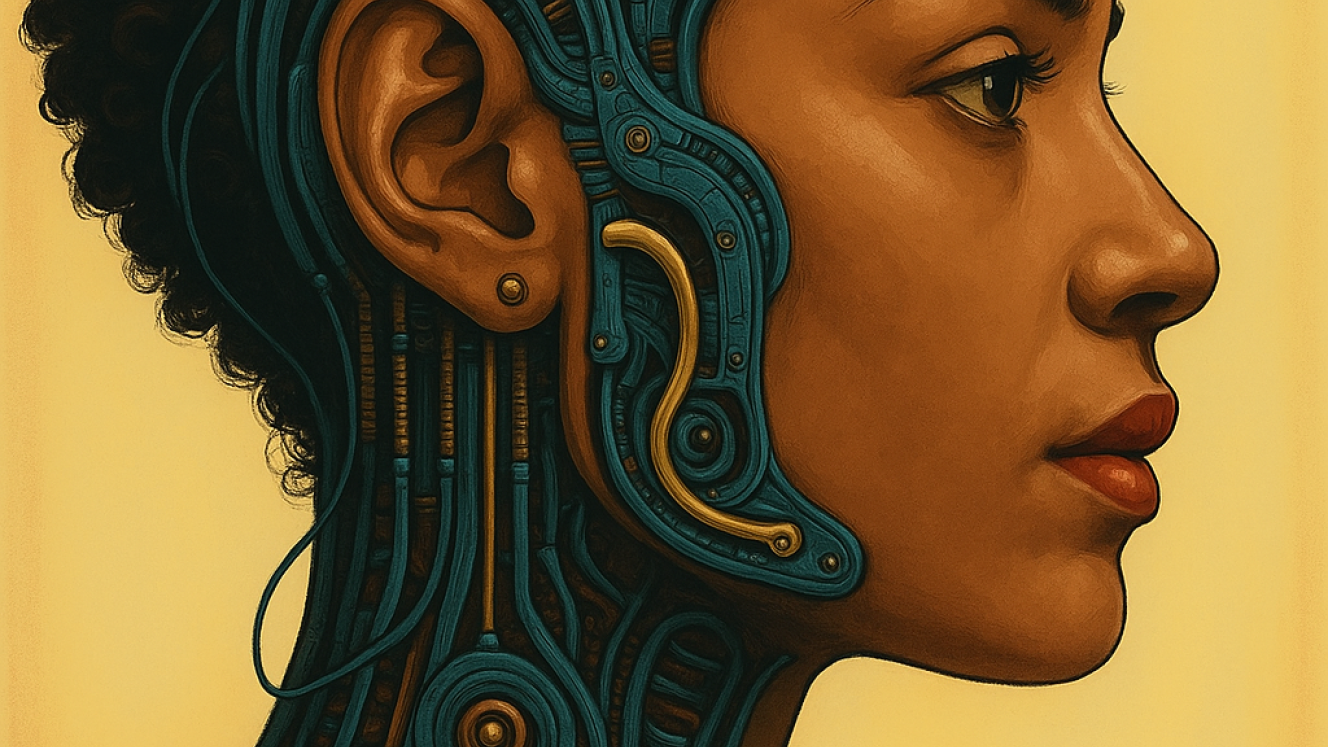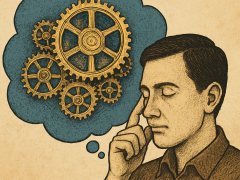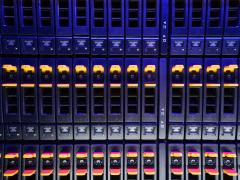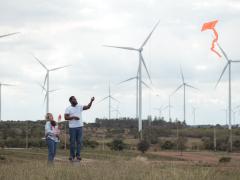As South Africa grapples with high unemployment and persistent skills mismatches, a powerful ally is emerging in the quest for economic transformation: artificial intelligence.
In this, the second chapter of a two-part series, Dr. Chris Blair, Group Director at 21st Century, explores how AI can be strategically embedded into workforce planning to address the country’s most pressing labor challenges. Read Part 1 HERE.
Artificial intelligence (AI) is reshaping workforce planning, offering South African organisations a pathway to address unemployment, skills shortages, and inefficiencies. With an unemployment rate of 33% and a youth unemployment rate exceeding 60% (Stats SA, 2024), AI’s ability to align workforce capabilities with economic demands is critical. Last week, Part 1 of this series explored how AI enhances talent acquisition and process optimisation across the value chain. Part 2, grounded in peer-reviewed academic studies, delves into upskilling, workforce structures, and human resource challenges, providing practical examples and solutions tailored to South Africa’s unique context.
AI in workforce planning: key applications (continued)
Upskilling and reskilling the workforce
As of 2025, the World Economic Forum’s (2020) prediction that 50% of global workers would require reskilling due to automation has materialised, with significant implications for South Africa, where 70% of jobs remain at risk of automation (Frey & Osborne, 2017). AI-driven learning platforms are critical for upskilling, delivering personalised training tailored to employees’ roles and skill gaps.
MTN South Africa, a leading telecommunications provider, partnered with Coursera in 2021 to upskill its workforce in digital technologies. Using Coursera’s AI-driven learning platform, MTN offered personalised training in cloud computing, AI, and customer experience management to 5,000 employees. The platform assessed employees’ existing skills through quizzes and recommended tailored courses, resulting in a 30% increase in digital literacy among participants (MTN Group, 2022). To address access barriers, MTN provided subsidised data bundles, enabling rural employees to participate via mobile devices.
Another example is the Gauteng City-Region Academy (GCRA), which launched an AI-supported skills development programme in 2023, targeting unemployed youth. Using a mobile app powered by AI, the programme delivered micro-credentials in coding and digital marketing to 10,000 learners, with 60% securing jobs within six months (GCRA, 2024). The app’s AI algorithms adapted content to learners’ progress, ensuring effective skill acquisition.
Organisations should invest in AI-driven upskilling platforms, partnering with local universities, SETAs, and platforms like Coursera to deliver accessible training. Subsidised mobile data plans and offline learning options can enhance access for low-income and rural workers.
Macro and Micro Workforce Structures
At the macro level, AI informs national workforce policies by forecasting skills demands in emerging sectors like renewable energy or fintech (Bughin et al., 2018). At the micro level, AI optimises organisational structures by identifying redundancies and enhancing employee engagement through tools like sentiment analysis (HBR, 2019).
The South African Department of Higher Education and Training (DHET) piloted an AI-driven labour market observatory in 2023, in collaboration with Stellenbosch University. The system analysed data from Stats SA, industry reports, and global trends to forecast skills needs in green energy and AI development. This informed the allocation of R500 million in SETA funding for training programmes, targeting 50,000 learners by 2026 (DHET, 2024). At the macro level, this aligned with South Africa’s Just Energy Transition goals.
At the micro level, Discovery Health, a leading South African healthcare provider, implemented an AI-driven workforce management system in 2022. Using a platform similar to Workday, Discovery optimised employee scheduling and task allocation, reducing operational costs by 8%. The system also included sentiment analysis, monitoring employee feedback through internal surveys to address retention challenges, resulting in a 15% decrease in turnover (Discovery, 2023).
The South African government should expand its AI-driven labour market observatory, integrating real-time data from industry and global sources. Organisations should deploy AI tools to optimise internal structures, focusing on retention in high-turnover sectors like healthcare and call centres.
Human resource challenges and AI solutions
1. Addressing Inequality and Inclusion
South Africa’s workforce is marked by racial and gender disparities, with Black women facing unemployment rates of 40% (Stats SA, 2024). AI can promote inclusion by reducing biases, but poorly designed algorithms risk perpetuating inequalities (Dastin, 2018).
Vodacom South Africa introduced an AI-driven hiring tool in 2023 to promote gender and racial diversity. The tool anonymised candidate data and prioritised skills-based assessments, increasing the proportion of Black women in technical roles by 20% (Vodacom, 2024). Regular algorithm audits ensured compliance with ethical standards.
Organisations must adopt ethical AI frameworks, auditing algorithms for bias and training them on diverse datasets. Partnerships with NGOs and academic institutions can support inclusive AI development.
2. Managing workforce anxiety
AI adoption often sparks fears of job losses, particularly in South Africa’s unionised industries. Transparent communication reduces employee anxiety by 25% (MIT, 2020).
Sasol, a South African energy company, launched an AI education campaign in 2022 to address workforce concerns about automation. Through workshops and townhalls, Sasol explained how AI would augment roles, such as using AI to enhance chemical process monitoring. This reduced union resistance and improved employee buy-in (Sasol, 2023).
Organisations should implement change management programmes, including workshops and union engagement, to educate employees about AI’s benefits.
3. Data privacy and ethics
AI’s reliance on data raises privacy concerns, with South Africa’s Protection of Personal Information Act (POPIA) mandating strict governance (DLA Piper, 2021).
Nedbank implemented a POPIA-compliant AI system for workforce analytics in 2023. The system used encrypted employee data to predict turnover risks, with transparent consent protocols, ensuring compliance and building trust (Nedbank, 2024).
Firms must adopt POPIA-compliant AI systems, ensuring transparent data usage and regular audits.
Integrating AI into workforce planning offers South Africa a pathway to address its skills crisis, optimise processes, and build a future-ready workforce. As explored in Part 1, AI enhances talent acquisition and process optimisation, while Part 2 has demonstrated its potential in upskilling, workforce structures, and addressing human resource challenges. Practical examples from MTN, Vodacom, Sasol, and others underscore AI’s transformative impact. Ethical AI design, inclusive policies, and robust change management are critical to success. Through strategic partnerships between government, industry, and academia, South African organisations can leverage AI to create a workforce that drives sustainable economic growth.
This article is based on research conducted by Dr Chris Blair of 21st Century, one of the largest remuneration and HR consultancies in Africa. Please contact us at info@21century.co.za for any further information.
Written by:
Dr Chris Blair, GROUP DIRECTOR of 21st Century, cblair@21century.co.za
B.Sc. Chem. Eng., MBA – Leadership & Sustainability, PhD – Leadership & Management














